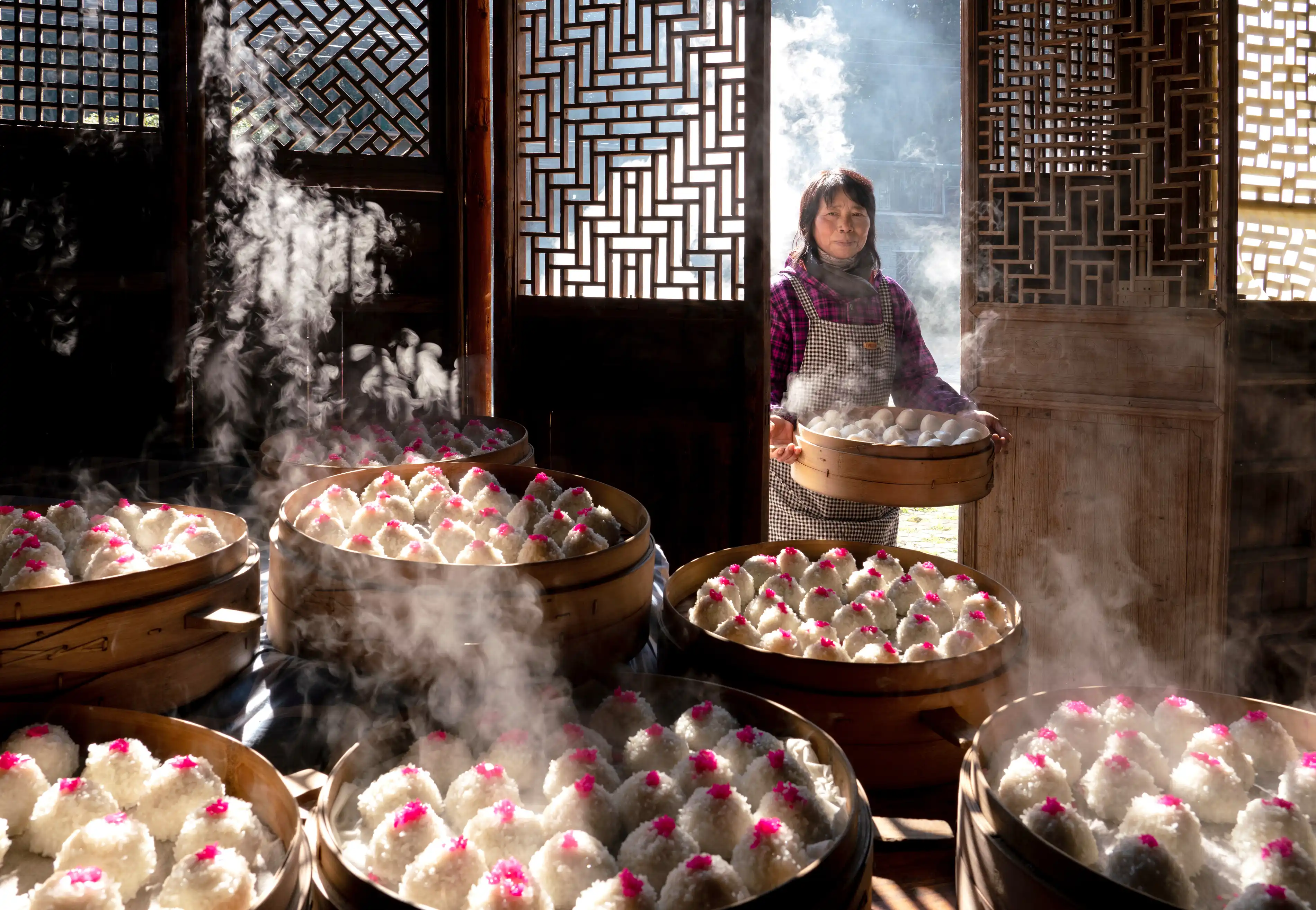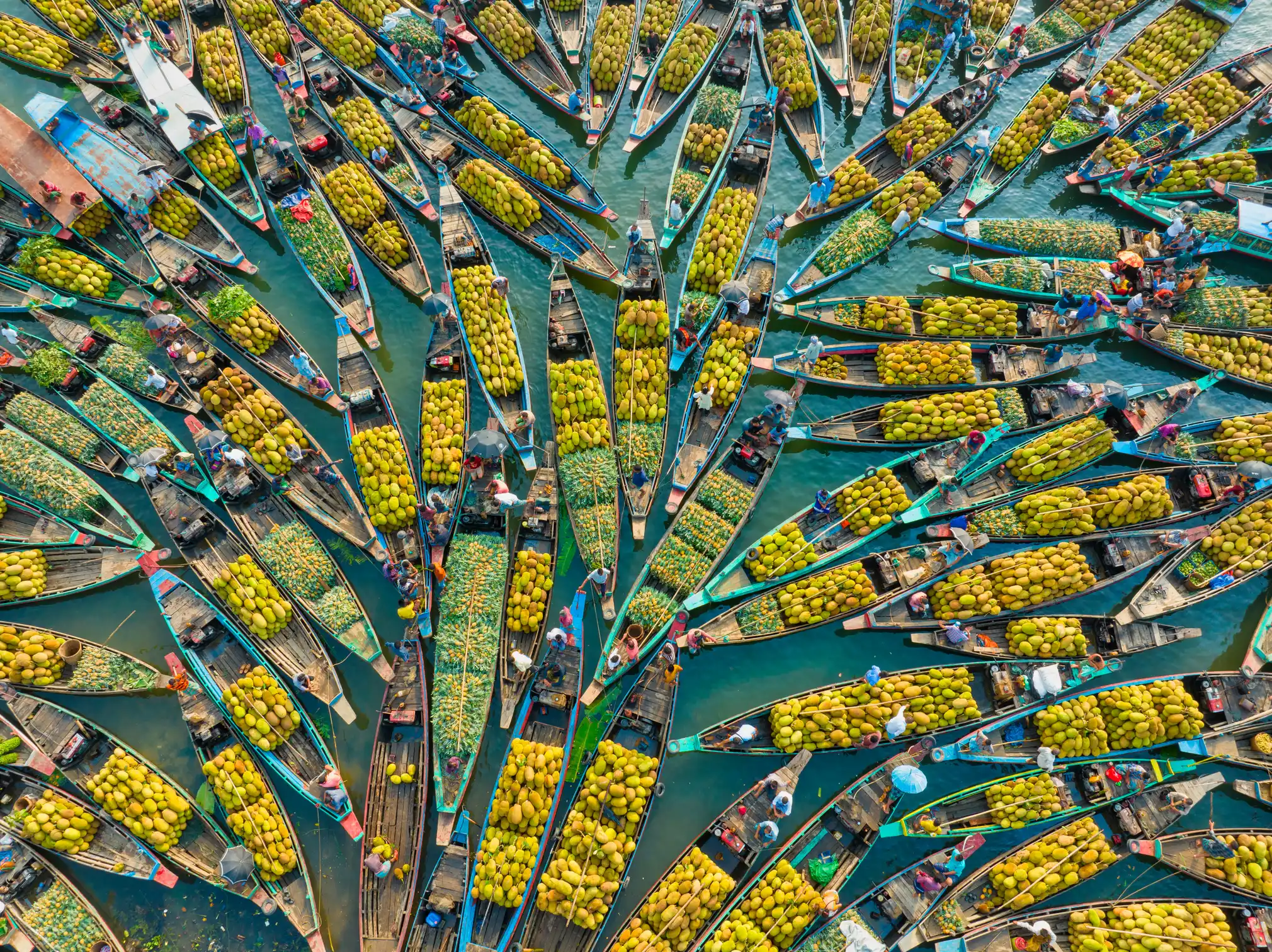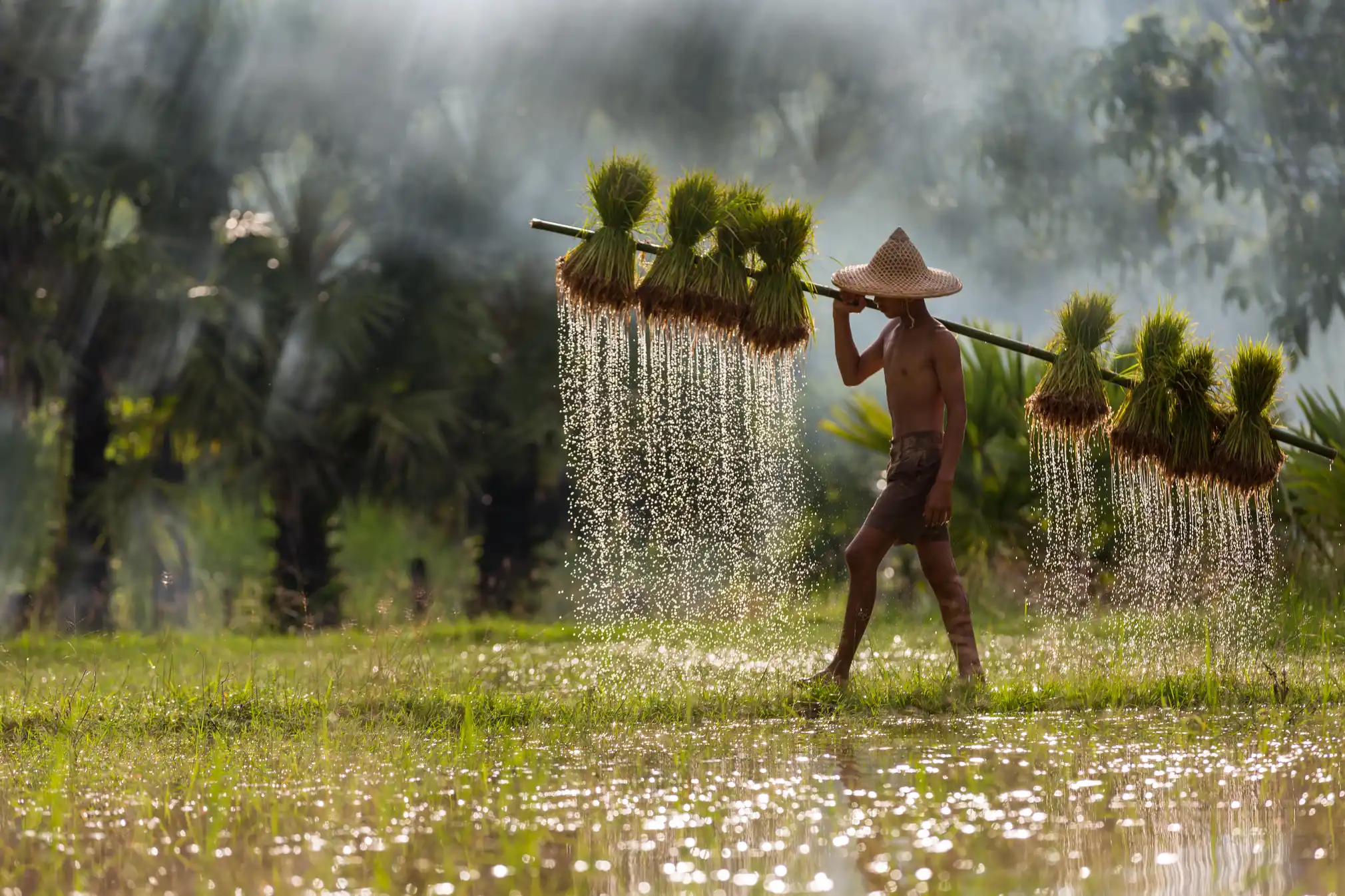Art, food, the curriculum
- rosemary
- Oct 8, 2024
- 6 min read
"The great thing about making art about food is that it is all around you" The Tate

I've been putting this topic off in my Food Curriculum series because it is such a vast subject, and now that I have actually decided to tackle it I confess I'm a bit overwhelmed.
It seems to me that at its most basic level there are two different aspects to teaching art - how to do it - the skill; and how to appreciate it and know about its practitioners. With the first, you may end up as an artist - in the broadest possible sense - or a teacher of art. With the second you may end up as a curator, museologist, gallery owner, academic - well there are lots of other possibilities.
Personally I was hopeless at the doing kind of art. When forced to choose art as an O-level subject because we all had to choose between art and music in my school, I chose art. Music - now theoretical - was completely beyond me, so art it was. But on starting the course the art teacher, Miss Alexander, said, somewhat anxiously - "You're not thinking of taking the exam are you Rosemary?" A pretty demoralising thing to say really but accurate in that I stood no chance of passing. It was all about the doing you see. At no point did we ever learn anything about the history and/or appreciation of art, which was a massive gap in our art education. We did a bit of that in music after all, so why not art? Today I am really interested in all aspects of art but am basically self-taught in what I know, by reading, watching films and videos, visiting art galleries, having art diaries at my side ... The only 'art' I can take any pleasure in doing is photography, but only because with the aid of editing assistance from computers, even I can produce acceptable pictures.

"Every child is an artist. The problem is how to remain an artist once we grow up. Somewhere along the line we lose that ability." Pablo Picasso
So very, very true, as I discovered in my few years as an infant teacher. Every child was capable of producing gorgeous expressive works, full of stories and life. And here my lack of ability was, I think, an advantage. I could not draw anything as an example, that they would then try to copy. They had to look or imagine for themselves and they did - all of them. Some better than others I guess, but even the least accomplished always produced something that their parents would have been proud of and which we teachers liked to pin on the wall to cheer our wintry and sometimes difficult days. And it wasn't always an individual thing, as this picture shows. Every now and then in my school in London's Stoke Newington - a poor part of the East End - we would produce a large group painting. I remember one which showed our expedition to the local park. Some painted the background, some painted figures, flowers, park benches and so on, and then they cut them out and pasted them where they felt they should go on the painted background.
And by the way never say to a child something along the lines of "what a wonderful dog" - it might be a horse! Just ask them to tell you about their painting. Then you can ask appropriate questions. And of course it doesn't have to be representative at all.

This painting hangs on the wall in our study. Looks a bit like a Jackson Pollock doesn't it?, but it was actually made by my younger son and his friends at one of his early birthday parties - maybe four or five. Acrylic paint, paint brushes, hands maybe, I can't remember. I do remember a lot of fun was had in the making and it looks great. We actually cut it down at one point to make it fit somewhere in its previous home.
So yes, the art curriculum between infant and high school needs looking at so that we don't lose that sense of anything being possible. Maybe it's because we see 'real' art and begin to realise that we can't do that. Somebody should research it.
But what about food and art? Since prehistoric times we have been painting food - either cooked, prepared or gathered. It's a tradition that continues to this day.
There are lots of reasons why of course. Sometimes it is merely illustrative either of the food itself, or the occasion within which it is placed. Sometimes it is religious or semi-religious - The Last Supper, I suppose is the supreme example of this. Sometimes it is symbolic - apples for example carry a huge weight of symbolism with them which is sometimes explicitly represented - paintings of Adam and Eve, and sometimes just implied. Sometimes it has a social/political purpose - collectivism in Soviet art. Sometimes it is whimsical - as in Arcimbolo's portrait of Rudof II, the Holy Roman Emperor of his time, at the top of the page, constructed with fruit.

And then there have been the still lifes - all the way through history from Egyptian tomb paintings to the modern day. Their purpose has varied - sometimes, as Cézanne famously said: "With an apple I will astonish Paris" and he did. Beauty was perhaps the primary impulse for these still lifes but symbolism of all kinds often played a part - even if it was just the statement that particular foods denote wealth. Great art of course, probably aims for higher than simple representation.
"The aim of art is to represent not the outward appearance of things, but their inward significance." Aristotle
A further form of the still life is botanical art, Again it can be purely illustrative, scientific even, or it can be great art full of beauty and emotion. It depends on the artist's view.
Food and people are intertwined. We gather it, we sell it, we cook it, we eat it and all of those stages are imbued with references to the social, cultural, religious, commercial backkgrounds as well as the psychological and emotional aspects of eating, selling, farming ... Even an empty table can be supremely evocative. And all of those aspects are represented somewhere in the world's art.
And just to bring you up to date and the modern world, where different forms of art now exist - film, photography, design, installations ... Here is a link to the Pink Lady Awards for this year which will show you some amazing photographs encompassing all of those obvious and less obvious things you might see in a picture, as well as the vast scope of the food universe as it were. Below a few examples, with the grand winner on the left.

And before we leave photography we shouldn't forget advertising and journalism. Photography with a purpose. Advertising I guess always needs words as well - if only the name of the product being advertised. But journalism does not. This is an example from the latest Mutti campaign with the catchphrase 'When you know, you know.' Lots of red - well it's tomatoes. And a suggestion of haute everything. Taste.
But what does this all have to do with how we teach art in schools and elsewhere?
First the doing part. Which is pretty easy and obvious really - ultimately just setting the task of painting anything from an apple, to a birthday party - anything to do with food. and demonstrating some techniques that could be used. Maybe even setting as broad a topic as food would result in a few surprises these days. How to compose a picture, technical stuff about materials ... Indeed many paints were originally derived from various foods. Science in the artist's studio.
Food is just one of many topics that can be set I suppose, but such a broad one, with so many possibilities. You could even teach how to use plants to actually make art as well - fun for small children - slathering paint on to some kind of food and then making prints from it. Can you make collages with plants? You can certainly press flowers.
As to the appreciation and history of art, well that is also a vast subject, not just in who has actually painted food related things, but also how and why and the effect on the world - their world and ours.
Maybe more than any other subject we are taught in school - except perhaps the sciences - art teaches us how to look. How to look for detail, for inaccuracies, how emotion can be expressed in something visual, how to see beauty in everyday things - and what can be more everyday than food.
"What difference does it make whether you're looking at a photograph or looking at a still life in front of you? You still have to look." Chuck Close

POSTCRIPT
October 8
2023 - Nothing
2022 - Nothing
2019 - Ricotta
2018 - So how good is Nigel Slater?
2017 - Lucky dip - a food memoir
2016 - A silk purse from a sow's ear - fromage fort that is






























Of all the paintings you have shown our son's Jackson Pollock appeals to me the most. Valued at $5M perhaps?